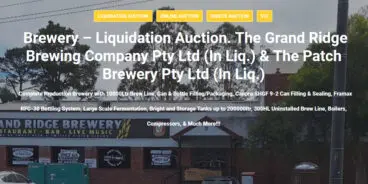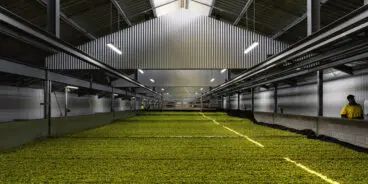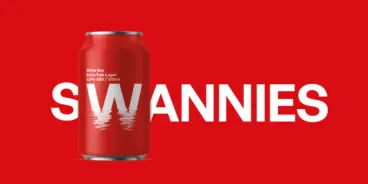
AIBA introduces NEIPA and new Pale Ale styles

The New England India Pale Ale (NEIPA) has been introduced to the style guidelines for AIBA 2018
The Australian International Beer Awards (AIBA) has introduced a New England India Pale Ale (NEIPA) subclass to this year’s style guidelines, which have also been updated to accommodate the modern expression of Australian Pale Ale.
The NEIPA is arguably the trendiest style in craft beer at present, as evidenced by the entries of seven beers of this style into the GABS Hottest 100 Aussie Craft Beers of 2017.
But AIBA is still ahead of the curve in creating style guidelines for a beer that has its origins in the United States, but has not yet found its way into the Brewers Association’s guidelines.
It was a proactive move to recognise there may be a large number of beers of this sub-genre entered into this year’s competition, AIBA spokesperson Brendan Varis told Brews News.
“They may be entered as ‘experimental’ or ‘other’ or some difficult place that would put them at a disadvantage,” he said.
“Rather than do that, we decided that we would create that spot for them to be entered and give them a fair shake of success.”
The Best IPA class now includes options of New England IPA, Black IPA, Session IPA and New World IPA that can be specified under the ‘Other IPA’ subclass, which sits alongside the more traditional IPA categories.
“It’s important for the AIBA to recognise what’s happening in the market, both by way of what’s being produced, and what consumers are consuming, and also enable the beers to be accurately assessed among the similar type of beers,” Varis said.
Lower bitterness is considered one of NEIPA’s hallmarks, but the AIBA guidelines allow beers of this style to have up to 100 IBUs.
Varis said all parameters including bitterness will likely be more tightly defined in future iterations of the NEIPA style.
“I thought that was a little too loose as well. I expect if we do it next year there will be some refinement of that. If a beer comes in and it’s bitter it’s not going to get heavily penalised this year,” he said.
“If it’s still a relevant thing in a year’s time, we’ll have to look a bit more closely at it… perhaps other versions of that style will be written and pop up in other guidelines going forward and we’ll start to bring them in line with each other.”
Classic Australian Pale Ale
The other major change this year is the division of the Best Australian Style Pale Ale into groups – Classic Australian Style Pale Ale and Australian Style Pale Ale.
“We’ve been working very closely as the AIBA and the Independent Brewers Association with the Brewers Association in the US to rectify what we saw in Australia as a mistake in relation to Australian Pale Ale in the BA guidelines,” Varis said.
He said the BA guidelines only recognised the more modern interpretation of Australian Pale Ale, a hop driven beer typically showcasing locally grown Galaxy hops.
“We thought that was remiss and inaccurate in relation to, perhaps, historically what Australian Pale Ale is, which would be more a yeast-driven, ester-driven type beer,” said Varis.
He said the AIBA had not wanted to cede to the BA’s interpretation to ensure the historical version, typified by Coopers Pale Ale, would be protected.
“Now that it appears we’ve come to an agreement with the BA on having both [in their guidelines], then we’re ready to open it up and include both as well,” he said.
The AIBA 2018 Entry Booklet is available here.



